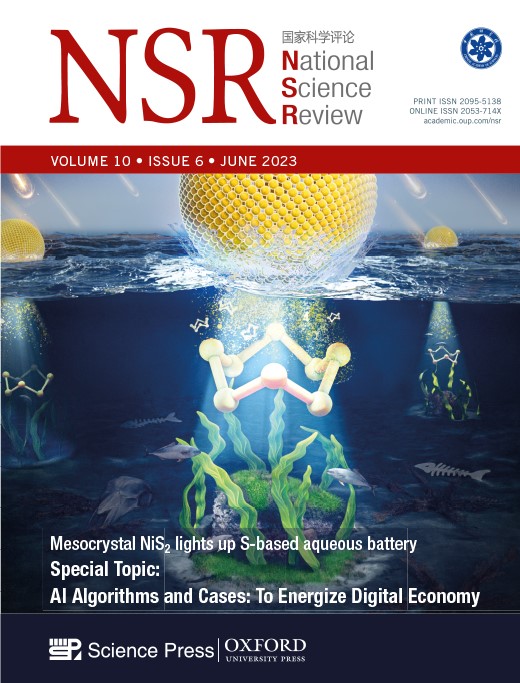Anthropogenic warming is a key climate indicator of rising urban fire activity in China
IF 17.1
1区 综合性期刊
Q1 MULTIDISCIPLINARY SCIENCES
引用次数: 0
Abstract
China, one of the most populous countries in the world, has suffered the highest number of natural disaster-related deaths from fire. On local scales, the main causes of urban fires are anthropogenic in nature. Yet, on regional to national scales, little is known about the indicators of large-scale co-varying urban fire activity in China. Here, we present the China Fire History Atlas (CFHA), which is based on 19 947 documentary records and represents fires in urban areas of China over the twentieth century (1901–1994). We found that temperature variability is a key indicator of urban fire activity in China, with warmer temperatures are correlated with more urban fires, and that this fire–temperature relationship is seasonally and regionally explicit. In the early twentieth century, however, the fire–temperature relationship was overruled by war-related fires in large urban areas. We further used the fire–temperature relationship and multiple emissions scenarios to project fire activity across China into the twenty-first century. Our projections show a distinct increase in future urban fire activity and fire-related economic loss. Our findings provide insights into fire–climate relationships in China for densely-populated areas and on policy-relevant time scales and they contribute spatial coverage to efforts to improve global fire models.人为变暖是中国城市火灾活动上升的关键气候指标
中国是世界上人口最多的国家之一,也是自然灾害导致火灾死亡人数最多的国家。在局部范围内,城市火灾的主要原因是人为因素。然而,从区域到全国范围来看,人们对中国大规模共同变化的城市火灾活动指标知之甚少。在此,我们介绍了中国火灾历史图集(CFHA),该图集基于 19 947 条文献记录,反映了 20 世纪(1901-1994 年)中国城市地区的火灾情况。我们发现,气温变化是中国城市火灾活动的一个关键指标,气温越高,城市火灾越多,而且这种火灾与气温的关系具有明显的季节性和区域性。然而,在二十世纪初,大城市地区与战争有关的火灾推翻了火灾与气温之间的关系。我们进一步利用火灾与气温的关系和多种排放情景来预测 21 世纪中国的火灾活动。我们的预测显示,未来城市火灾活动和与火灾相关的经济损失将明显增加。我们的研究结果为了解中国人口稠密地区和政策相关时间尺度上的火灾-气候关系提供了见解,并为改进全球火灾模型的工作提供了空间覆盖。
本文章由计算机程序翻译,如有差异,请以英文原文为准。
求助全文
约1分钟内获得全文
求助全文
来源期刊

National Science Review
MULTIDISCIPLINARY SCIENCES-
CiteScore
24.10
自引率
1.90%
发文量
249
审稿时长
13 weeks
期刊介绍:
National Science Review (NSR; ISSN abbreviation: Natl. Sci. Rev.) is an English-language peer-reviewed multidisciplinary open-access scientific journal published by Oxford University Press under the auspices of the Chinese Academy of Sciences.According to Journal Citation Reports, its 2021 impact factor was 23.178.
National Science Review publishes both review articles and perspectives as well as original research in the form of brief communications and research articles.
 求助内容:
求助内容: 应助结果提醒方式:
应助结果提醒方式:


